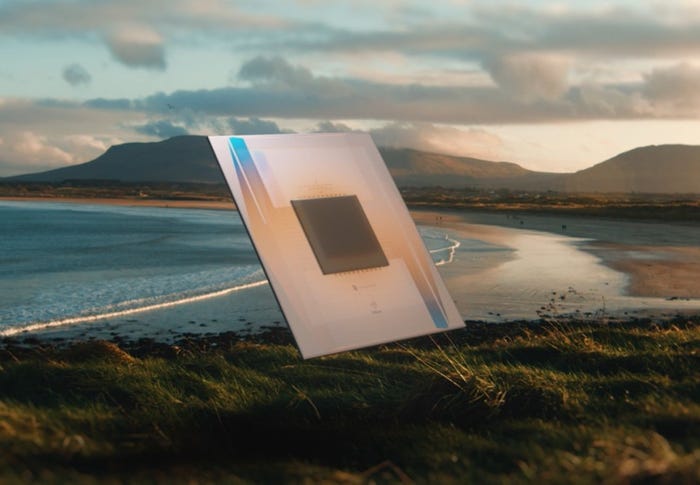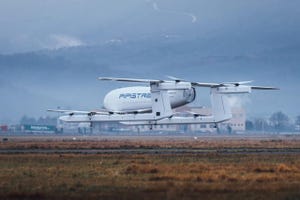Honeywell, NXP Advance Controls for Flying Vehicles: CES 2025Honeywell, NXP Advance Controls for Flying Vehicles: CES 2025
The new avionics are well suited for the newly developed electric aerial vehicles

Honeywell has teamed with NXP Semiconductors to speed aviation product development on the path to autonomous flying, with one flying vehicle company already coming on board.
The deal combines Honeywell’s aerospace expertise with the high-performance computer architecture of NXP to enable AI-driven aerospace technology.
Honeywell and NXP showcased the Honeywell Anthem avionics cockpit demonstrator at the NXP Pavilion at CES and showed a demonstration at a media event the night before the exhibition opened.
The new avionics are well suited for the newly developed electric aerial vehicles (AEV) and Honeywell has been working with Vertical Aerospace, Lilium and others, a company executive told me at CES.
Honeywell and NXP are developing large-area displays for next-generation cockpits with high-resolution screens for visual clarity and system efficiency.
Stay up to date with all the latest CES news — subscribe to our free newsletter!
For eVTOL (electric vertical takeoff and landing) vehicles, a scaled-down version would likely be used.
“Our industrial domain expertise combined with NXP’s best-in-class technology is a powerful accelerator for industrial leaders on the path to autonomy,” said Vimal Kapur, chairman and CEO of Honeywell. “Working together, we are developing differentiated solutions and services that shape the future of automation, driving significant customer outcomes and fueling Honeywell’s growth.”
The Honeywell Anthem is believed to be the industry’s first cloud-connected cockpit system.
By adding NXP processors, Honeywell Anthem is expected to deliver faster data processing for real-time AI-driven insights in the air and on the ground.
“By fulfilling the promise of advanced air mobility, electric aircraft like the VX4 represent a bold vision for the future,” said Stuart Simpson, CEO of Vertical Aerospace.
“Honeywell Anthem has already proven to be a highly capable platform, and we’re excited to explore how its capabilities can be further enhanced by NXP’s advanced computing to lessen pilot workloads while increasing situational awareness. Together, we see opportunities to make travel quicker, cleaner and safer, supporting our shared vision to transform how the world moves.”
About the Author
You May Also Like






.png?width=300&auto=webp&quality=80&disable=upscale)
.jpg?width=300&auto=webp&quality=80&disable=upscale)